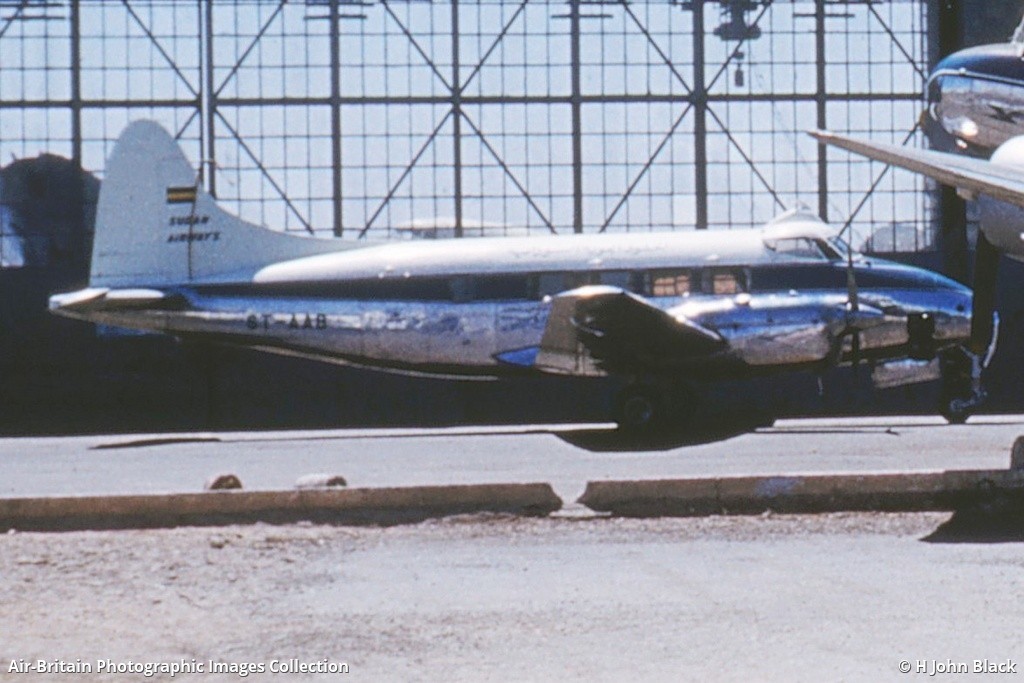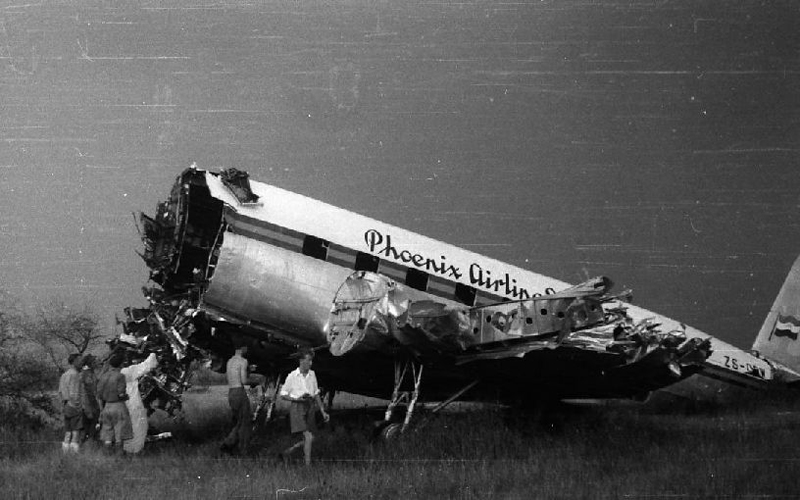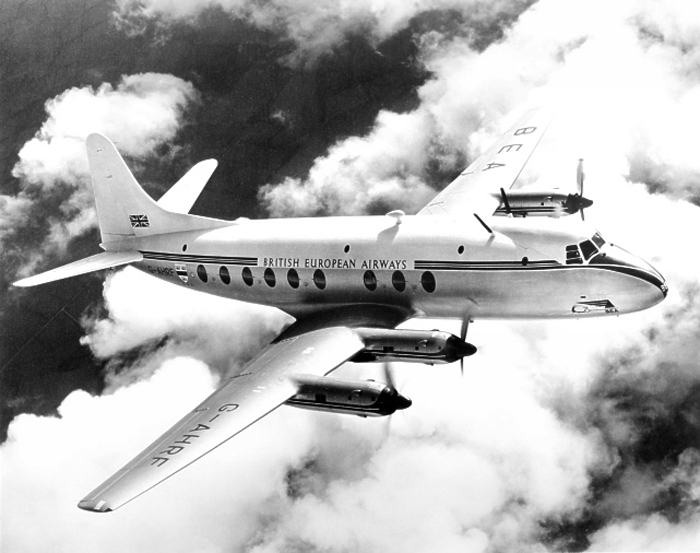Crash of a De Havilland DH.104 Dove 1 in Khartoum
Date & Time:
Dec 31, 1961
Registration:
ST-AAB
Survivors:
Yes
MSN:
04010
YOM:
1946
Crew on board:
0
Crew fatalities:
Pax on board:
0
Pax fatalities:
Other fatalities:
Total fatalities:
0
Circumstances:
Crashe landed at Khartoum for unknown reason. There were no casualties but the aircraft was written off. The accident occurred during the year 1961 (exact date remains unknown).













